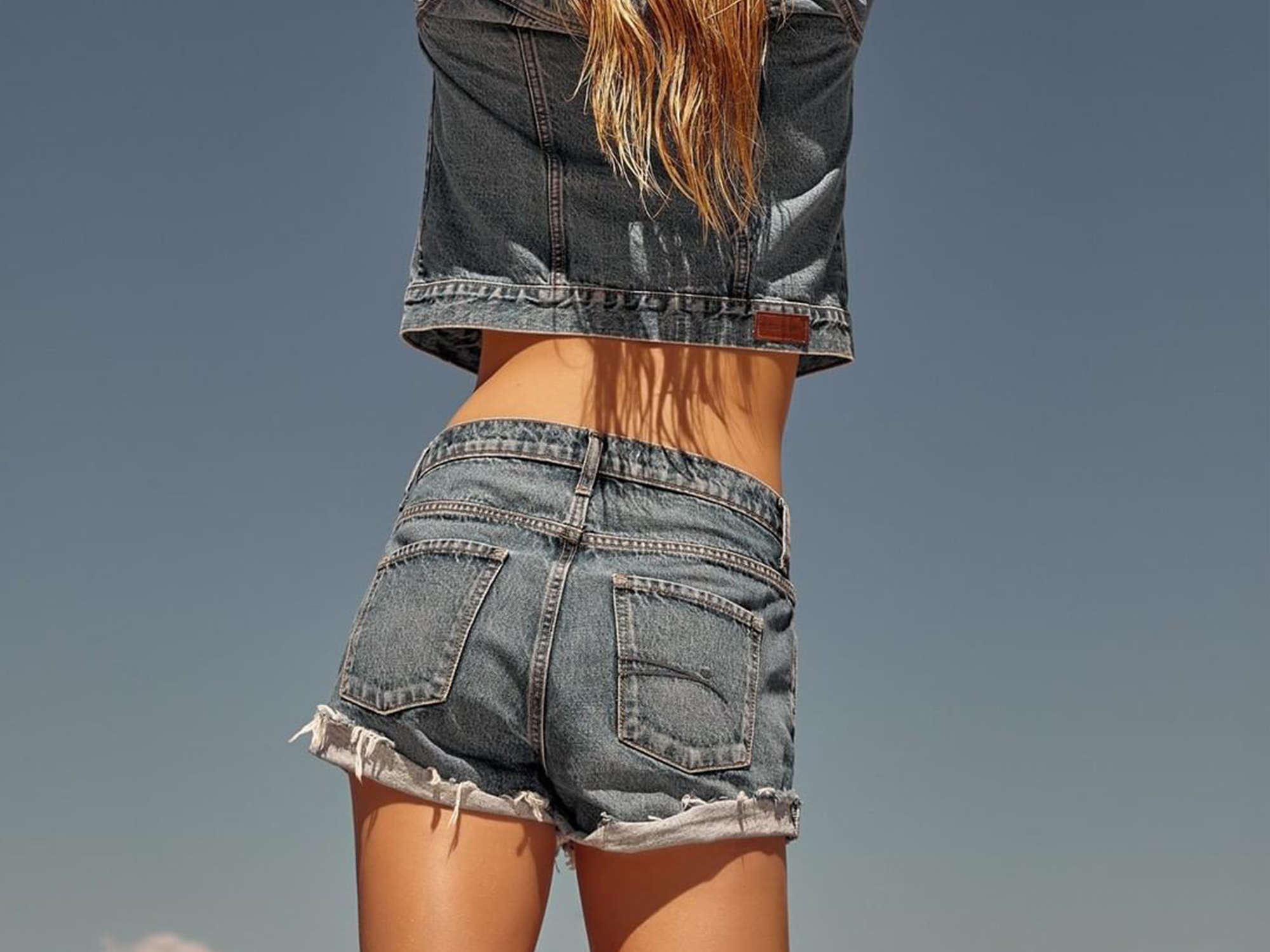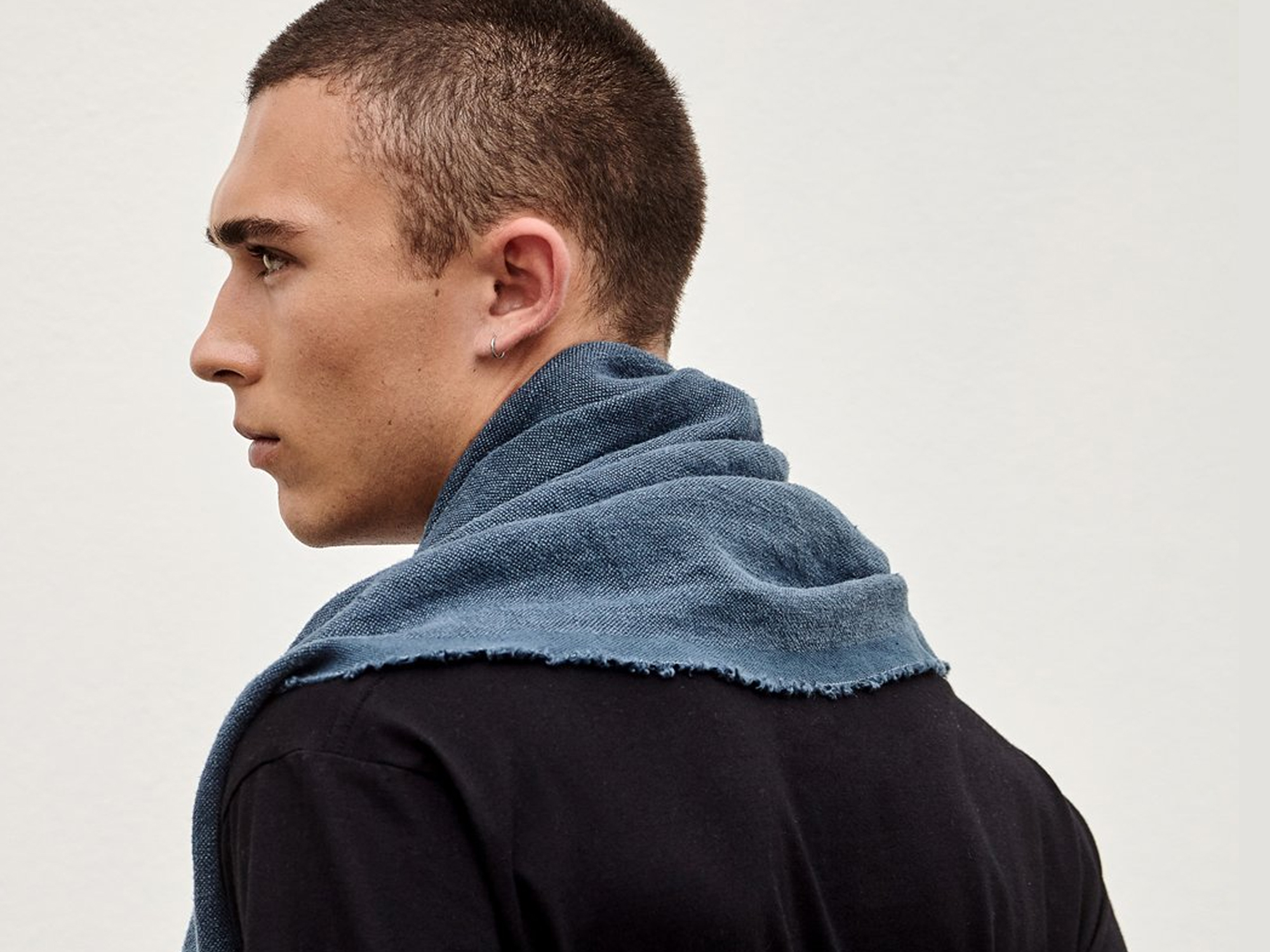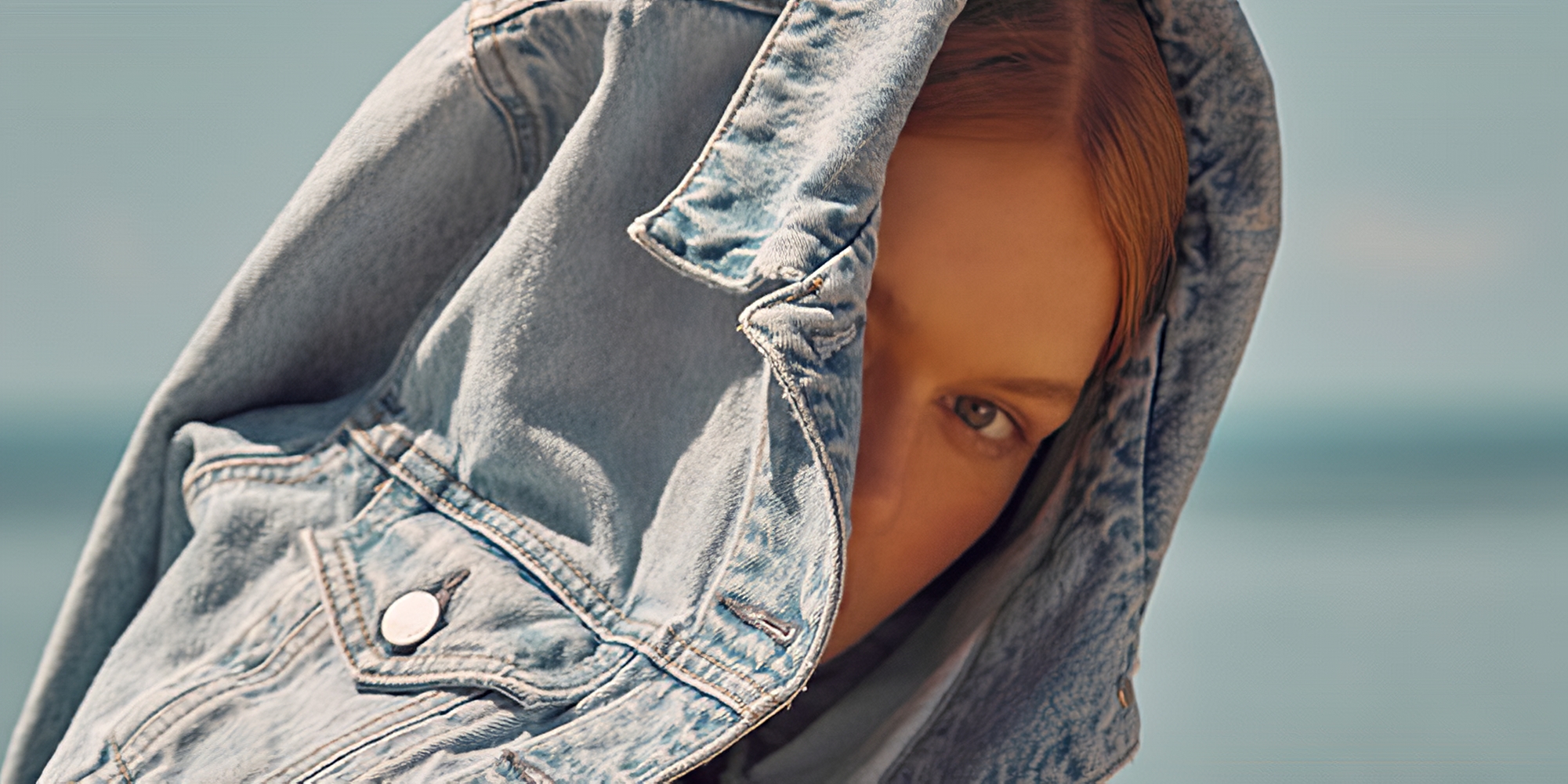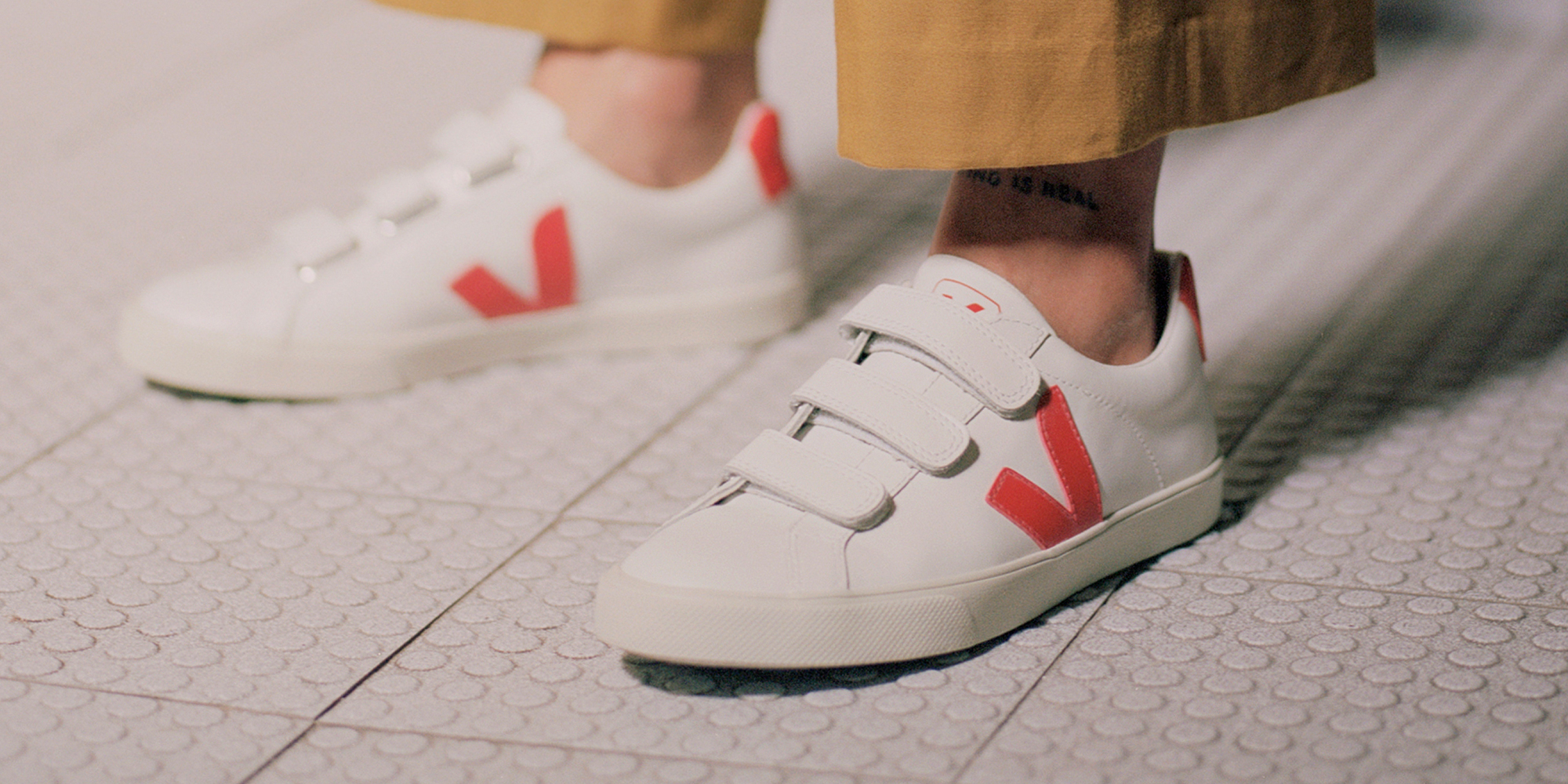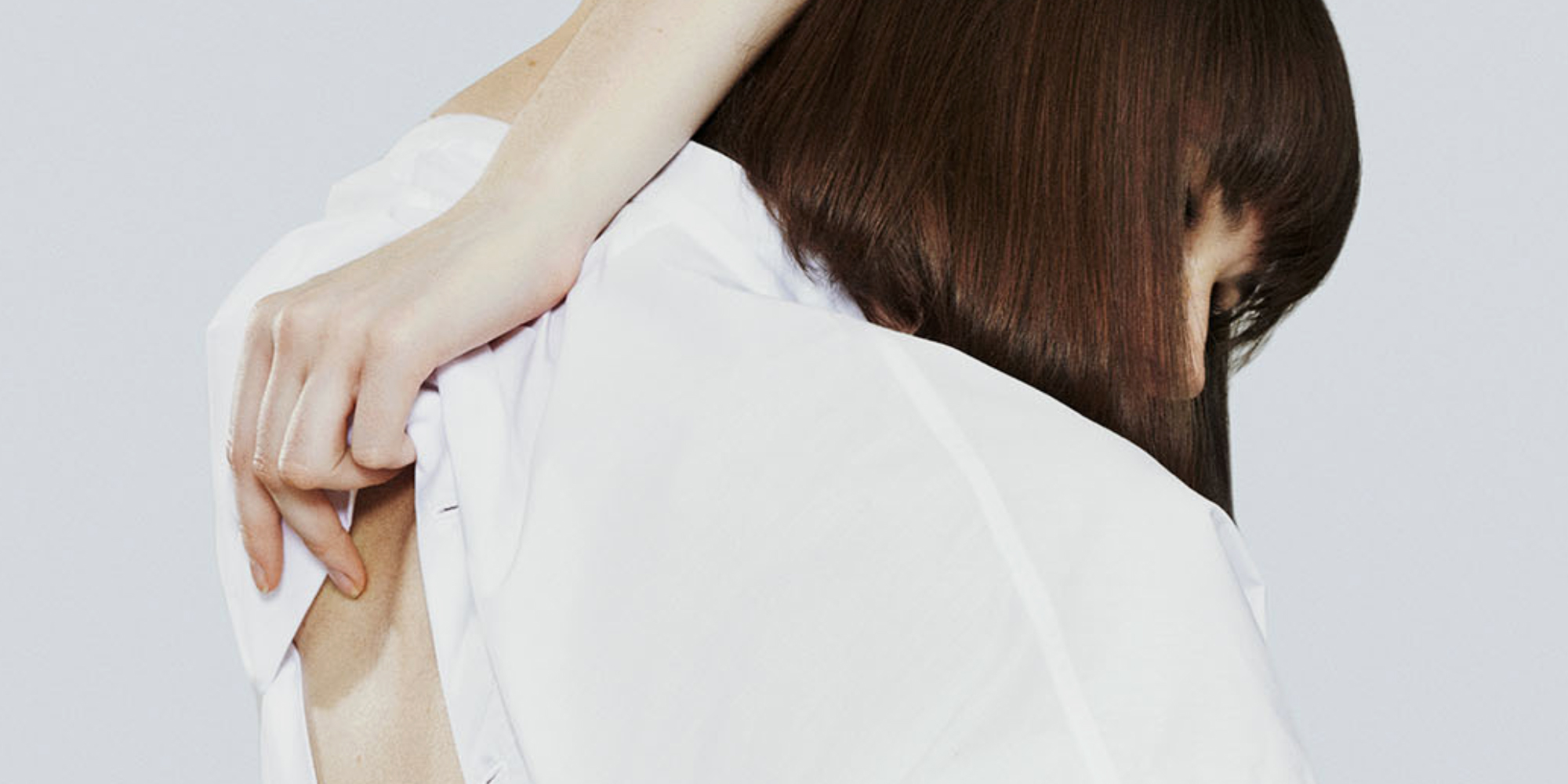They may be tiny, but microbeads are no small problem when it comes to doing the right thing by our planet! Here’s what you need to know to keep your beauty regime clean and green.
What exactly are microbeads?
A single microbead is a solid, smooth spherical piece of plastic that can be as large as 5 millimetres or invisible to the naked eye. They are made from polyethylene or other petrochemicals and as such are not biodegradable. Microbeads are often dyed bright colours to improve the visual appeal of a product.
Microbeads are commonly used in everyday personal care products such as toothpaste, scrubs, creams, shower gels and cleansers. They might be advertised as “energy bursts” or “deep clean polishers”. Brands select them not only to exfoliate the skin but to add sparkle to products. They are so tough, they’re even used in pottery to create a porous effect on ceramics…ouch!
So what’s the problem?
According to David Barnes, a lead author and researcher for the British Antarctic Survey, “One of the most ubiquitous and long-lasting recent changes to the surface of our planet is the accumulation and fragmentation of plastics.”
When you spit out your toothpaste or rinse your face wash off and into the sink, thousands of these microplastic beads flow down your drain and into the sewage system where they are too tiny to be filtered out. As a result, they accumulate in oceans and waterways before entering the food chain. This is an issue because these little suckers are able to absorb organic pollutants like pesticides, flame retardants and motor oil, so they become highly toxic for the marine animals that ingest them.
A report published in the journal Environmental Science and Technology found that 8 trillion microbeads are entering US waterways every day – that’s enough to cover over 300 tennis courts. Scientists at Australia’s James Cook University found corals starving after eating the tiny beads, their digestive systems blocked. Need another reason to avoid microbeads in your toothpaste? Dentists are finding microbeads embedded in their patient’s gums!
Below is a great animation explaining microbeads in a nutshell from The Story Of Stuff:
Where do different countries stand?
In Australia, the big supermarket chains – Coles, Woolworths and Aldi – have promised to stop using microbeads in their home-brand products as of 2017. It’s important to note that this does not mean they will ban the sale of microbead products made by other brands. Supermarket franchise IGA has gone a step further and are “working with the industry to phase out branded products” sold in their retail outlets.
Australia’s Environment Minister Greg Hunt has announced a “voluntary phase-out” of products containing microbeads by 2018, with the agreement of state and territory ministers. But are non-binding phase-outs of microbeads really enough?
Back in 2015, President Obama signed the Microbead-Free Water Act of 2015. This bill will ban the manufacturing and sale of microbeads in personal care products as of 1 July 2017. Other countries have quickly followed suit, with the UK, New Zealand, and Canada announcing legislation to ban the sale of products containing microbeads.
What can you do?
The good news is that you don’t need to wait for brands, retailers and lawmakers to get into gear. You can stop using microbeads today. Check out this definitive list from Beat the Microbead and simply click on your country to find out which products do and do not contain microbeads. Or better yet, go completely natural! Raid your kitchen cupboard for skincare and haircare regimes. Here’s a recipe from The 5 Gyres Institute for a decadent DIY Coffee Scrub.









